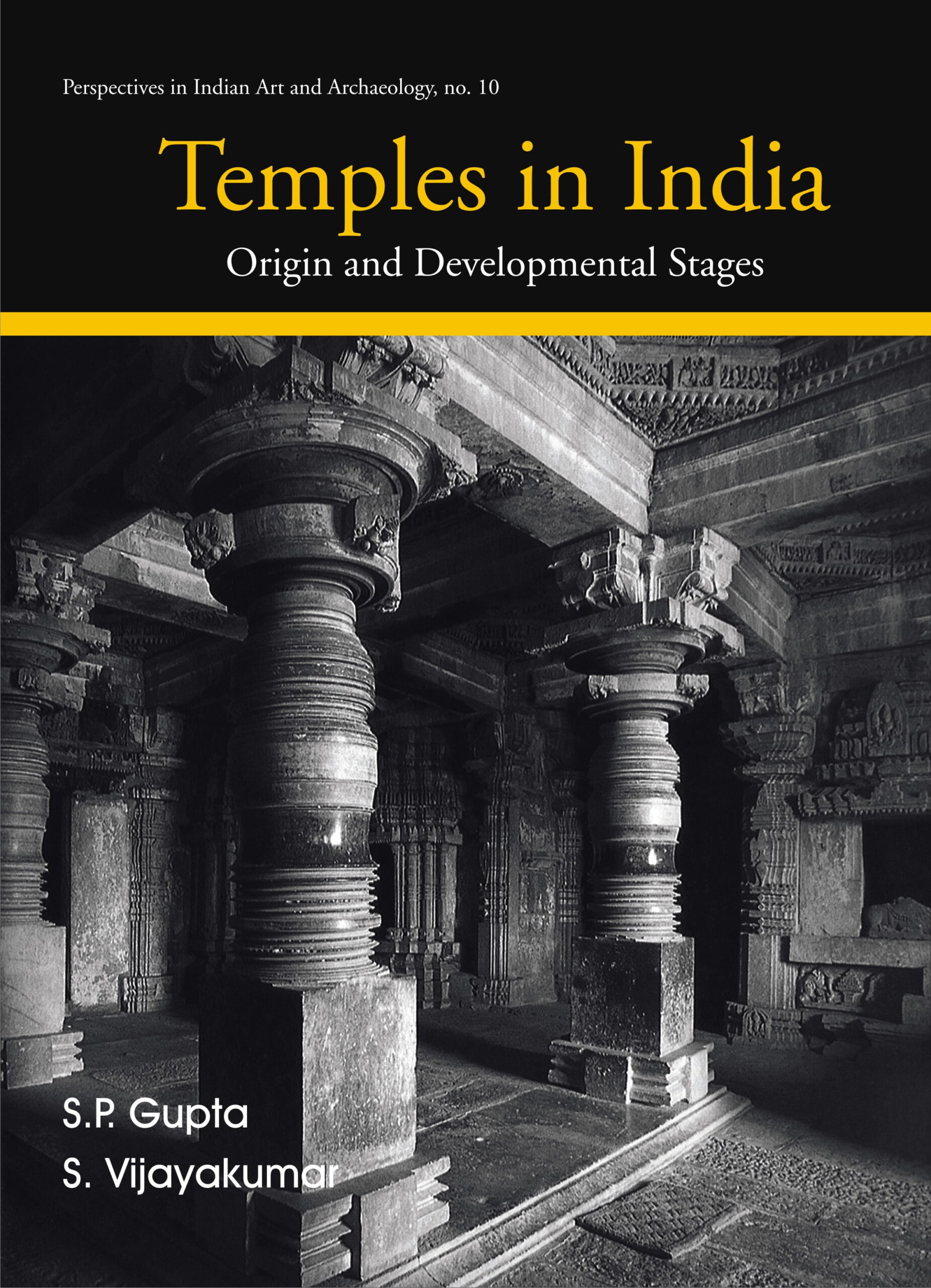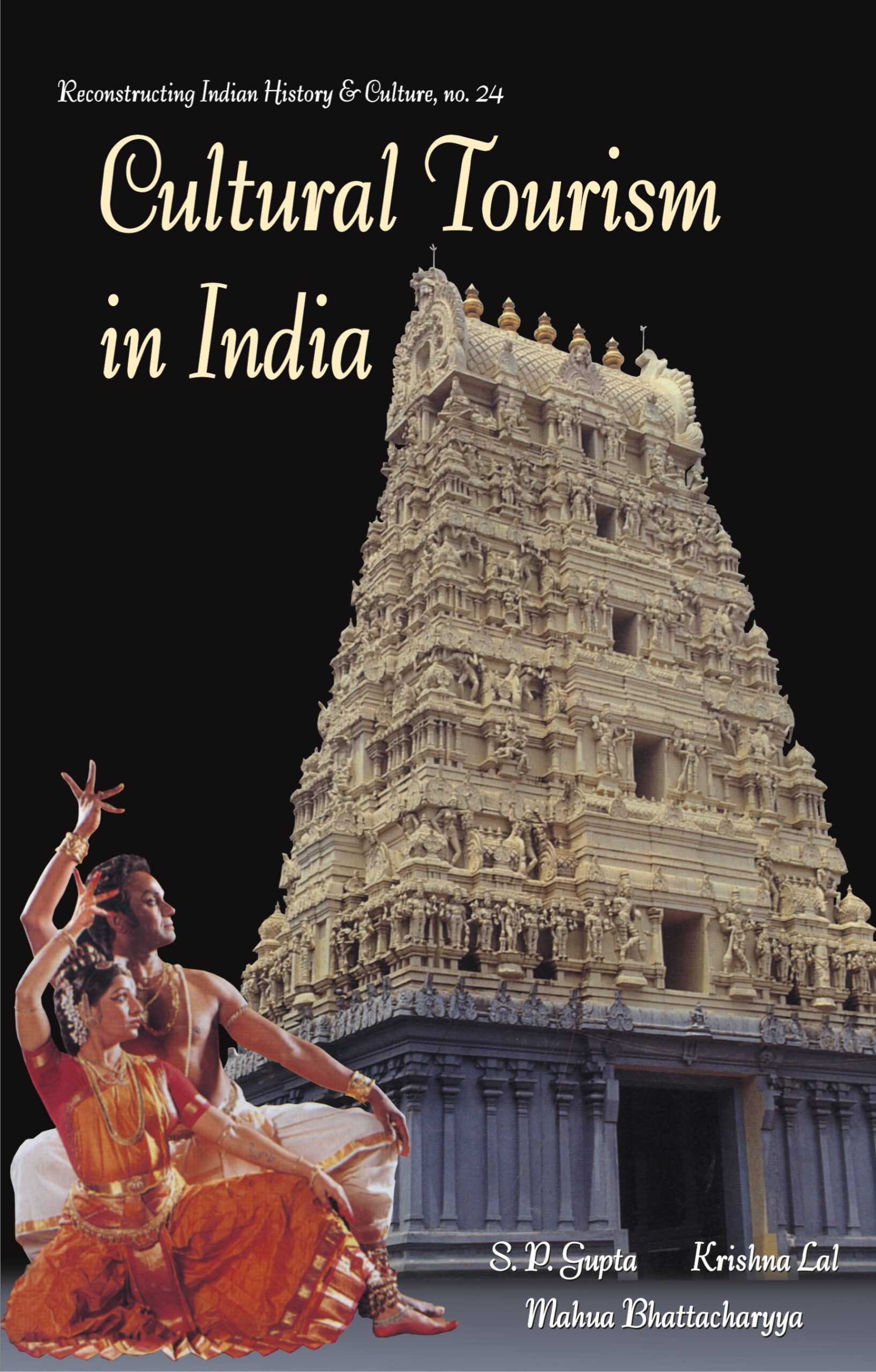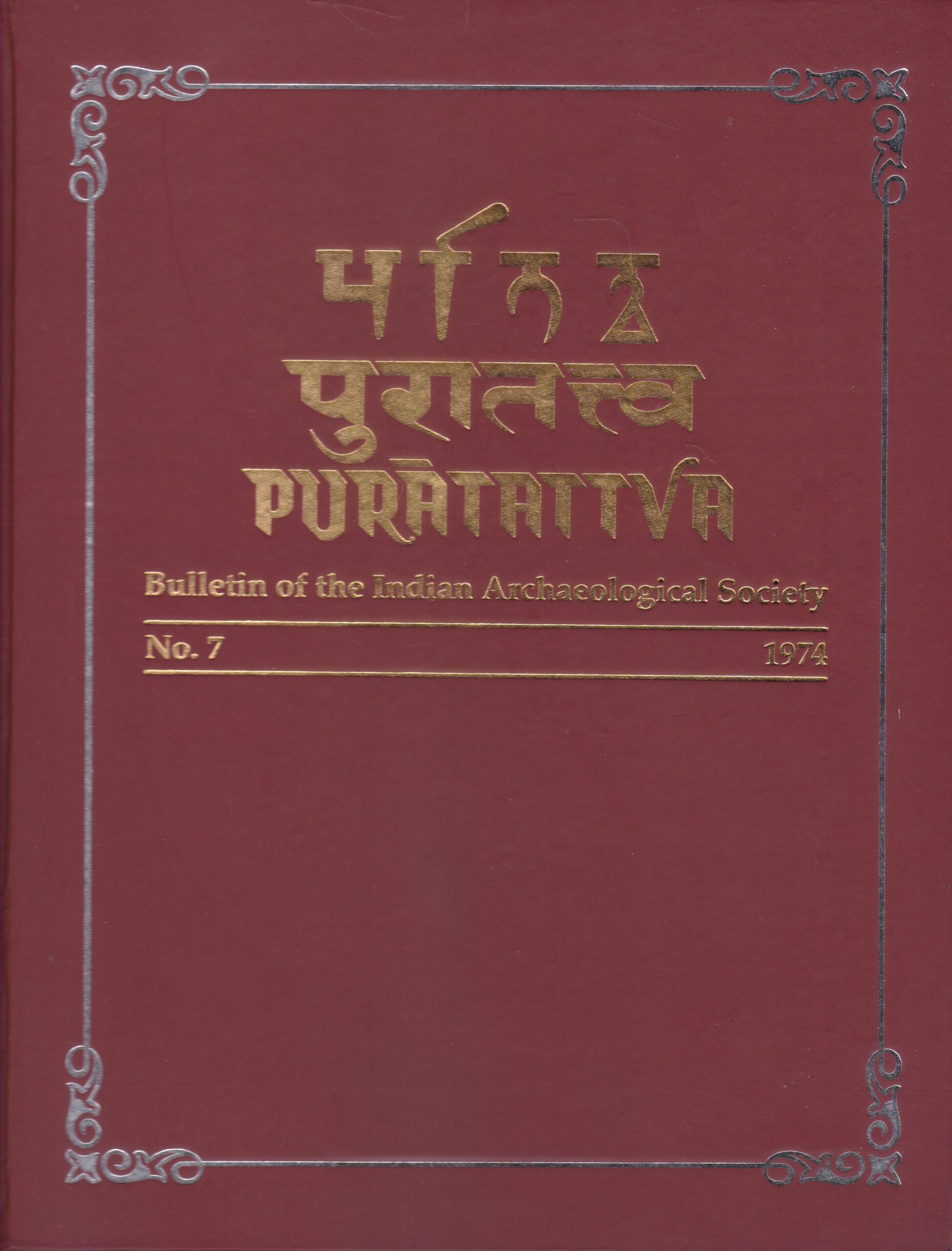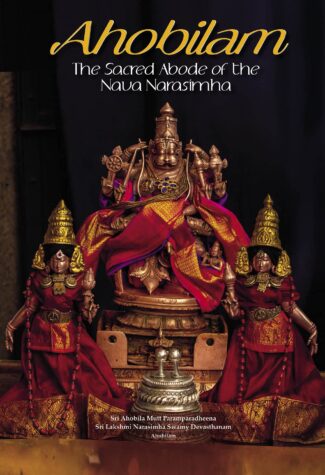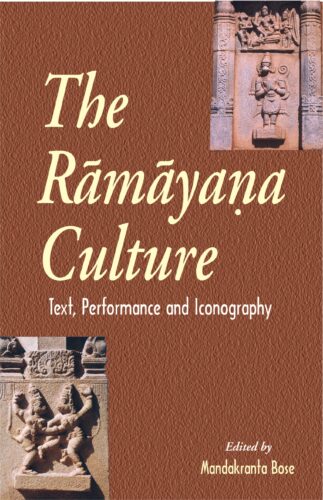-
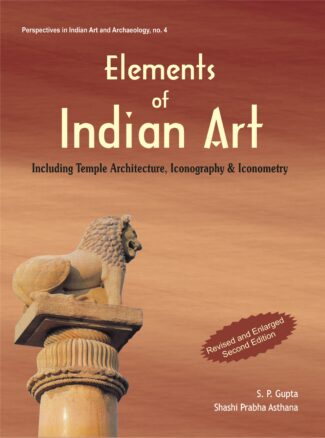
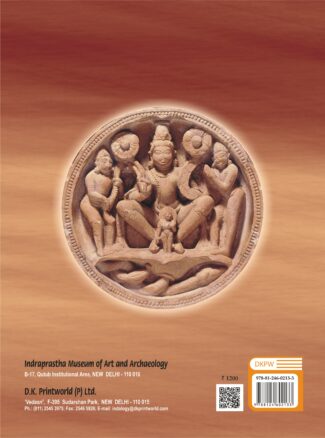
Elements of Indian A...
Elements of Indian Art
Including Temple Architecture, Iconography & Iconometry by: S.P. Gupta , Shashi Prabha AsthanaThe work studies basic principles of ancient Indian art and architecture. It deals with Hindu thinking and practice of art including the Hindu view of Godhead, iconography and iconometry and symbols and symbolism in Hindu art. It surveys Indian art and temple architecture from the ancient times and makes comparative studies of religious art in India.
₹1,080.00
ISBN: 9788124602133
Year Of Publication: 2009
Edition: 2nd
Pages : xvi, 196
Bibliographic Details : Several maps; over 400 b/w photographs & line drawings; Bibliography; Index
Language : English
Binding : Hardcover
Publisher: D.K. Printworld Pvt. Ltd.
Size: 25 cm.
Weight: 650
The book is a study of the fundamental principles of ancient Indian art and architecture, dealing with essentials of Hindu thinking and practice of art like the Hindu view of Godhead, iconography and iconometry, and symbols and symbolism in Hindu art. Referring to major classical Indian literary works shedding light on art and architecture, it undertakes a survey of Indian art and temple architecture from the 3rd century bc through the medieval period, highlighting the directional changes that marked the history of art, specifically sculpture and painting. It elaborately views the various terms and concepts associated with the field of art and iconography like mudras, asanas, pithas, explaining the nature of Buddhist and Jain deities as well as those of Hindu sects like Saivism, Vaisnavism and Saktism. Pointing out the importance of studying Hindu temple architecture in order to fully appreciate Hindu art which was meant for propagation of dharma, it analyses the basic features of the temple architecture and its regional variants. Tracing the differences in conception and delineation of a Hindu temple, a Muslim mosque and a Christian church, the research focuses particularly on the principles of visualisation of symbols and signs in Hinduism and Christianity. It also reveals how the West has viewed Indian literature and art, exposing the inner contradictions of some European thinkers who while praising literary works of Kalidasa and others condemned the Hindu images. The work contains more than 200 illustrations, half-tone and line drawings, that make the discussion easy to comprehend for a range of readers — scholars, students as well as laymen
Preface
Map of India Showing Important Art Sites
Transliteration Chart
Map of India Showing Sites of Principal Temples
1. Fundamentals of Indian Art
Art is not for Art Sake, It is for Dharma
Religion and Art
Hinduism has no Hierarchy Amongst Gods
Hinduism vis-a-vis Christianity and Islam
The Avataras of Vishnu
Buddha: The Life and Teaching
Mahavira: The Life and Teaching
Art and Architecture
Sacred Structures
Hindu Temple
Temples of North India
Temples of South India
Temples of Orissa
The Icons
Symbols
Hindu Iconography
Mythology: What it is in Hinduism?
Basic Nature of Indian Art
Paintings
Nine Rasas
Tempera and Fresco Techniques
Differing Attitudes Towards Indian Art
The Role of European Travellers Coming with Christian Bias
2. Indian Art in Historical Perspective
The Terminology
Vedic Heritage
Mauryan Art (Fourth-Third Centuries BC)
Shunga-Satavahana Art (Second-First Centuries BC)
Kushana Art (First-Third Centuries)
Bactrian, Mathura and Gandhara Schools of Kushana Art
Gupta Art (Fourth-Sixth Centuries)
Post-Gupta Art — Phase I (Sixth-Eighth Centuries)
Post-Gupta Art — Phase II (Nineth-Twelfth Centuries)
Other Mediaeval Monuments and Art Traditions
3. Iconography: The Making of Cult Images
Iconometric Sources
Some Classifications of Images
Mudras
Attributes or Objects Held in Hands
Asanas or Sitting Postures
Asanas or Pithas (Pedestals)
Vahanas or Mounts
Mukutas and Headgears
Abhushana or Ornaments
Paridhana or Dress
4. Principles of Iconometry
Tala as Main Unit of Measurement
Angula as the First Unit of Measurement
Height and Girth Measurements
Measurements of Different Parts of the Body
Uttam, Madhyama and Adhama Measurements
Some Textual Differences
Select Bibliography
Index


